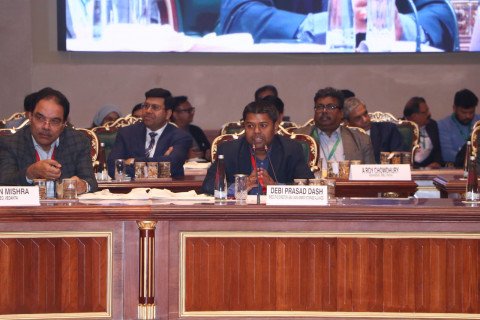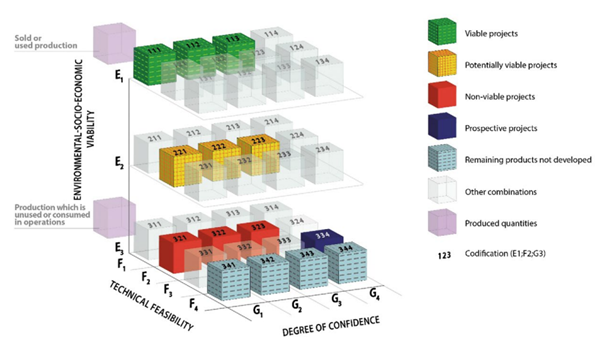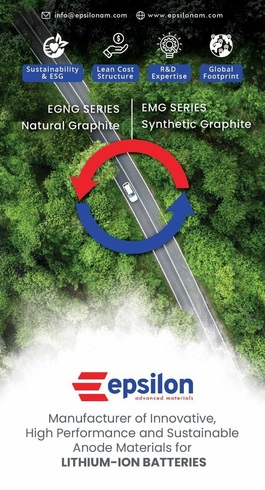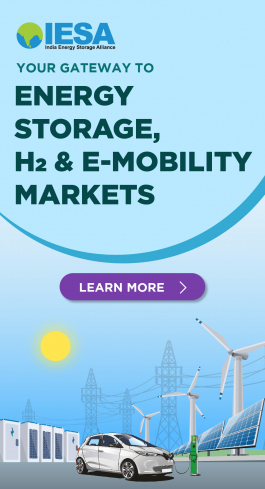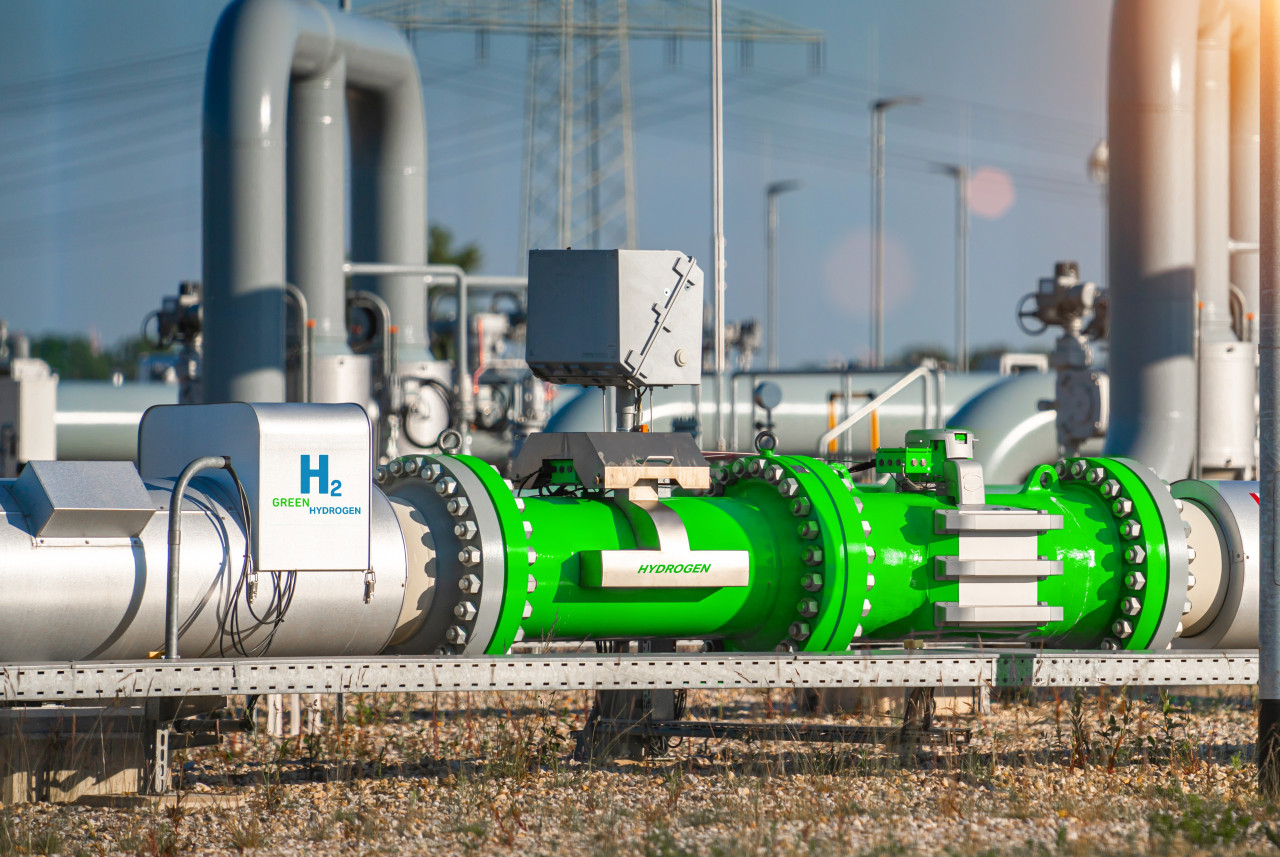An overview of India's lithium deposits and their geological survey status report
India has identified a game-changer for its clean energy transition with the discovery of lithium deposits in Jammu & Kashmir as well as in Chhattisgarh.
This not only excites India, but also holds promise for global energy needs. Initial findings in Mandya, Karnataka, uncovered about 1,600 tonnes of lithium, with plans for commercial production (PIB, 2021). India's exploration in states like Arunachal Pradesh, Andhra Pradesh, Chhattisgarh, Jharkhand, and Rajasthan shows a commitment to using its own lithium at a time when countries around the world are looking to reduce their dependency on foreign nations for raw materials.
Before we delve deeper, it is important to understand the difference between resource and reserve. There is a simple thumb rule: 'All Reserves are Resources, but all Resources are not Reserves'. This is because of the associated economic value. A reserve is defined as a proven amount of a given mineral present in sufficient quantity as to support commercial extraction within the prevailing 'modifying factors', i.e. the legal, environmental, social and technological factors that might affect or restrict this extraction.
Characteristics of India's Deposits
In India, lithium-bearing pegmatites are confined to Precambrian rocks, ranging in age from 1,345 to 950 million years ago. India hosts a spectrum of lithium deposits, including spodumene-bearing pegmatites, lithium micas, and lithium-enriched clays.
Each deposit type poses unique extraction challenges and opportunities. Lithium also occurs in brines of several closed basins where lithium compounds are precipitated in the late stage of evaporation (Prasad, Umeshwar 2016).
The two notable lithium discoveries that have put India under the limelight are the Salal-Haimna Lithium, Titanium and Bauxite (Aluminous Laterite) Block, and the Katghora Lithium and Rare Earth Elements (REE) Block.
India's Lithium Landscape
To understand the significance of these deposits, let us understand the levels of mineral exploration. According to the United Nations Framework Classification for Resources (UNFC) , exploration stages are designated using the labels G4, G3, G2, and G1 levels. Each level represents a progressive step in exploration, from initial identification to a detailed understanding of resource potential (UNFC, 2016).
Let us start with G4. This stage represents reconnaissance, involving initial surveys and a broad assessment to identify potential resources. Advancing to G3, both General Exploration and Preliminary Exploration are conducted, refining data and initiating feasibility studies. Moving further to G2, the focus shifts to General Exploration, and in-depth studies confirm the quantity and quality of resources. Finally, G1 signifies the Detailed Exploration stage, involving comprehensive surveys and studies to confirm the presence and characteristics of resources.
In district Reasi, Jammu & Kashmir, the Salal-Haimna Lithium, Titanium, and Bauxite Block covers 317.638 square units, and is currently undergoing G3 Preliminary Exploration for a Composite License.
Spearheaded by the Geological Survey of India, Lucknow, geochemical surveys have revealed associations between elevated Al2O3 and lithium values, supporting the potentiality of bauxite. Results from 37 boreholes with a total meterage of 487.55m, maintained at a 200m spacing, show promising inferred mineral resources: 5.9 million tonnes of lithium, 5.1346 million tonnes of titanium, and 13.2 million tonnes of aluminous laterite.
The geological trend indicates a layered rock slab/ wedge, justifying further exploration for critical/ strategic mineral mineralization. Recommending a Composite License auction aims to elevate exploration and fully assess the economic potential of the deposits. The hilly topography, with elevation ranging from 487m to 1038m, sets the stage for a comprehensive exploration journey in this mineral-rich block (MoM, 2023).
Exploration in the Katghora Lithium and REE Block, Korba, Chhattisgarh, is at the G4 Reconnaissance survey stage, propelled by the Geological Survey of India, Raipur.
Geo-chemical mapping reveals promising lithium anomalies in composite stream sediment samples, ranging from 82.606 to 155 parts per million. Bedrock samples divulge lithium content in granitoids, homophanus leucogranite, granitic pegmatite, and pegmatite rock structures. Inductively coupled plasma mass spectrometry (ICPMS) highlights elevated lithium content in pink micas, emphasizing cores over margins.
Furthermore, electron microprobe analysis (EPMA) studies confirm the presence of REE phases like apatite, monazite, xenotime, and churchite in homophanus leucogranite. Although drilling is yet to commence, the NW-SE trending block exhibits a 60-70° dip towards the Northeast. The justification for further exploration lies in the confirmed presence of lithium and REE mineralization, urging the recommendation for a Composite License auction. With a total concession area of 256.12 hectares, Katghora emerges as a promising frontier in the pursuit of unlocking the economic potential of lithium and REE resources (MoM, 2023).
The expected timelines for these exploration activities, may vary from five to 10 years. Potentially, even after reporting attractive commercial parameters the impact of this discovery will be realized only after 2030.
Nevertheless, as India charts its course in harnessing "white gold," a thoughtful approach blending technological innovation with environmental consciousness will define a sustainable and prosperous future.
